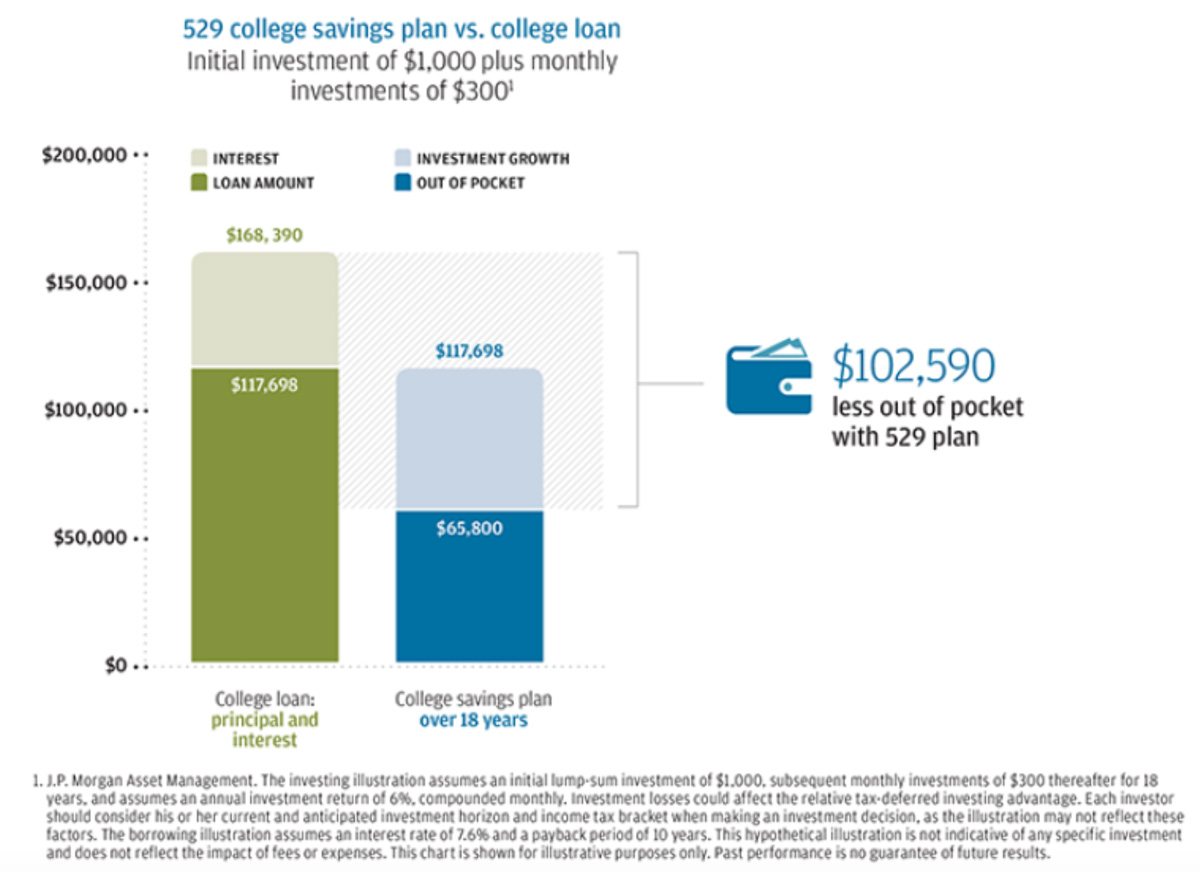 Contributed by: Josh Bitel, CFP®
Contributed by: Josh Bitel, CFP®
The Coronavirus Aid, Relief, and Economic Security (CARES) Act was signed into law on March 27, 2020. One major component of the CARES Act is the Paycheck Protection Program, a program intended to provide support to small businesses as they ride out the difficult economic times and encourage retaining employees, or rehiring those who have been laid off.
The Paycheck Protection Program will provide up to $349 billion in forgivable loans to small businesses to help pay their employees during this time. The terms of the loan will be the same for everyone who applies. These loans will be forgiven as long as the following conditions are met:
Loan proceeds are used to cover payroll costs, mortgage interest, rent, and utility costs over the 8 weeks for which the loan was made. (The term “payroll costs” are defined as compensation, capped at $100,000 on an annualized basis for any employee.)
Employees are maintained with the same compensation levels.
Who is eligible?
Any business with 500 or fewer employees, including nonprofits, sole proprietors, and independent contractors. Some businesses with more than 500 employees may be eligible, contact the SBA for more information.
How much can a small business get?
Loans can be for up to two months of your average monthly payroll costs from the last year plus an additional 25% of that amount. That amount is subject to a $10 million cap. The government has allocated $349 billion toward this program, which may not be sufficient to satisfy every business in need. While they could elect to increase this amount, it is best to apply for the loan as soon as possible. This loan is available until June 30, 2020.
When can you file?
Starting April 3rd, small businesses and sole proprietorships can apply for and receive loans to cover their payroll and other certain expenses through existing SBA lenders.
On April 10th, independent contractors and self-employed individuals may apply.
What are the loan terms?
Loans will have a fixed interest rate of 1%, and payments are deferred for 6 months. Interest will accrue over this 6 months period, however. The loan is due in 2 years, with the option to pay it back early, and does not require any form of collateral. The SBA has waived any additional fees typically associated with SBA loans.
Business owners may only apply for one loan. Proceeds may be used on payroll costs and benefits, interest on mortgage obligations that incurred prior to February 15th, 2020, rent under lease agreements incurred before February 15th, 2020, and utilities, for which service began before February 15th, 2020.
How will my loan be forgiven?
You will only owe money after two years when your loan is due if:
You use the loan amount for anything other than payroll costs, mortgage interest, rent, and utility payments over the 8 weeks after getting the loan.
Your loan forgiveness will be reduced if you decrease salaries or wages by more than 25% for any employee that made less than $100,000 in 2019.
Your loan forgiveness will also be reduced if you decrease the number of full-time employees during this time. o If you do make staff changes, you may re-hire these employees by June 30th, 2020 and restore salary levels for any changes made between February 15th and April 26th, 2020.
Applicants may apply through existing SBA lenders or other regulated lenders. Go to www.SBA.gov to view a list of SBA lenders. To apply, you must complete the Paycheck Protection Program application by June 30th. Supply is limited so we recommend applying as soon as possible. You can access the application here.
The world may seem out of sorts lately, but we are here to help and answer any questions you may have. We will continue to stay on top of any changes that may impact your financial plan.
Josh Bitel is an Associate Financial Planner at Center for Financial Planning, Inc.® He conducts financial planning analysis for clients and has a special interest in retirement income analysis.
While we are familiar with the tax provisions of the issues presented herein, as financial advisors of Raymond James, we are not qualified to render advice on tax or legal matters. You should discuss tax or legal matters with the appropriate professional.




















